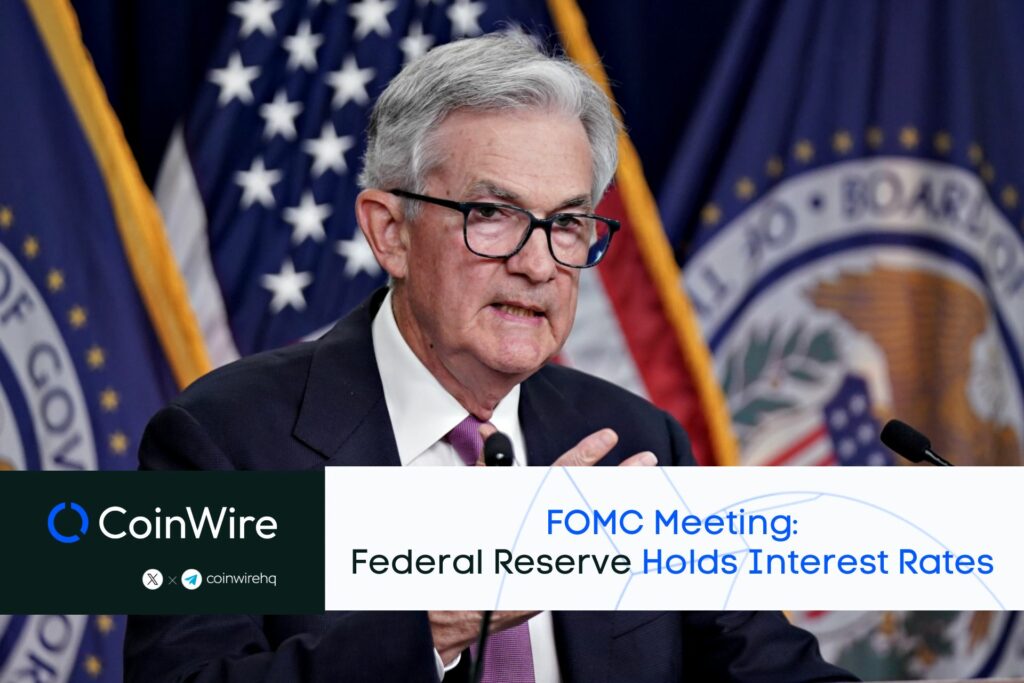Ripple, the prominent crypto startup, has made a bold move into the stablecoin arena with the launch of its own U.S. dollar pegged digital currency. This venture puts Ripple in direct competition with stablecoin giants like Tether and Circle, who have dominated this $150 billion market for some time. The stablecoin will be fully backed by reserves of U.S. dollar deposits, government bonds, and cash equivalents, held by Ripple. Additionally, the company plans to provide transparent monthly attestation reports on its reserves to ensure accountability.
Ripple’s Strategy and Market Expansion

Initially launching in the United States, Ripple’s stablecoin aims to establish a solid presence in this key market. However, the company remains open to extending its offerings to other regions such as Europe and Asia in the future. By venturing into stablecoins, Ripple seeks to address market concerns that arose from incidents like the temporary de-pegging of Tether’s USDT token and Circle’s USDC. Ripple CEO Brad Garlinghouse believes that the stablecoin market will evolve significantly in size and structure, and Ripple aims to play a significant role in shaping this future landscape.
Ripple’s decision to launch a stablecoin aligns with its broader strategy of providing liquidity solutions, notably through its On-Demand Liquidity product that utilizes the XRP token for rapid settlements between financial institutions. Despite facing challenges in XRP adoption for cross-border payments, Ripple remains committed to leveraging stablecoins as complementary assets within the XRP ecosystem. Garlinghouse emphasizes the importance of liquidity pools native to the XRP Ledger, suggesting that a USD-backed stablecoin on this platform could enhance ecosystem growth.
Read more: Fed Leaves Rates Unchanged, Sending Ripples Through Bitcoin Markets
Navigating Regulatory Challenges and SEC Lawsuit

Ripple’s foray into stablecoins comes amid ongoing legal battles with the U.S. Securities and Exchange Commission (SEC). The SEC filed a lawsuit against Ripple in 2020, alleging the illegal sale of XRP tokens to investors without proper registration. Although a recent court ruling clarified that XRP is not inherently a security, the judgment highlighted concerns regarding past sales to institutional entities. Ripple anticipates a settlement with the SEC, expecting the amount to be significantly less than the $2 billion initially sought by the regulator.
Read more: Solana’s Stablecoin Supply Surges Past $3 Billion, USDC Leads the Charge
Conclusion
Ripple’s entry into the stablecoin market signifies a pivotal moment in the evolution of crypto finance, with the company poised to challenge established players and reshape market dynamics. With a commitment to transparency and regulatory compliance, Ripple aims to establish its stablecoin as a cornerstone of its broader ecosystem, bolstering liquidity and facilitating efficient transactions. As the stablecoin landscape continues to evolve, Ripple’s strategic moves will undoubtedly influence the trajectory of digital asset markets globally.





![Best Crypto Exchanges for Day Trading [currentyear] - Top 6 Platforms 11 Best Crypto Exchanges For Day Trading](https://coinwire.com/wp-content/uploads/2023/10/best-crypto-exchanges-for-day-trading-1024x683.jpg)
![Best Free Crypto Sign Up Bonus Offers & Promotions in [currentyear] 12 Best Free Crypto Sign Up Bonus And Promotion](https://coinwire.com/wp-content/uploads/2023/08/free-crypto-sign-up-bonus-1024x683.jpg)